12 Invasive Shrubs You Should Never Plant in Your Garden
Not all shrubs are easy to control once planted. Some grow faster than expected and spread far beyond where you want them. They can crowd out nearby plants and become difficult to manage. What starts as a small bush can quickly turn into a yard-wide problem. Learning about these plants ahead of time can help you avoid a lot of work later.
This post may contain affiliate links, which helps keep this content free. Please read our disclosure for more info.
Japanese Knotweed

Japanese Knotweed grows fast and spreads underground, making it very hard to remove once established. Its roots can break through concrete, foundations, and walls. It quickly takes over large areas and crowds out native plants. Even a small piece left in the soil can start new growth.
This plant is banned in some areas due to its aggressive nature. A good alternative is Joe Pye Weed, which stays more controlled and supports pollinators. Always check your local guidelines before planting unfamiliar shrubs. Avoid planting it anywhere near buildings or fences.
Bamboo (Running Types)

Running bamboo spreads rapidly through underground rhizomes and is very hard to control. It can move into nearby yards and cause problems for neighbors. Cutting it down does not stop the growth, as it returns quickly. Even barriers can fail over time if not checked regularly.
Instead of running bamboo, try clumping bamboo or ornamental grasses like feather reed grass. These are easier to manage and still give a similar look. Running bamboo might seem low-maintenance at first, but it often turns into a long-term headache. It is better to keep it out of residential gardens.
Purple Loosestrife
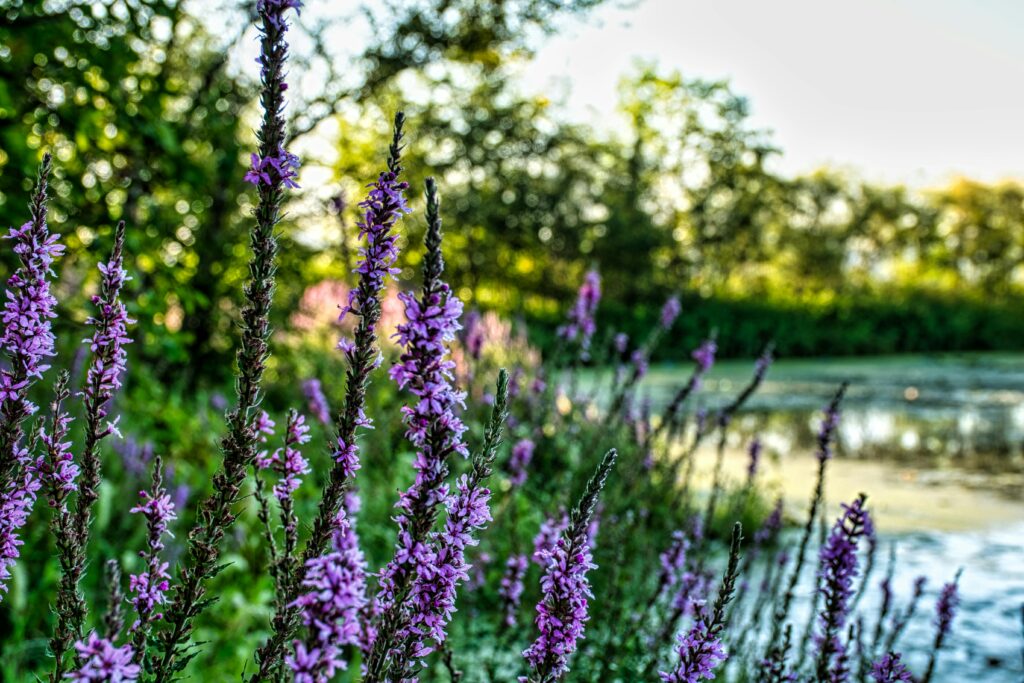
Purple Loosestrife may look pretty, but it spreads fast in wet areas and chokes out native plants. It is considered invasive in many parts of North America. The plant can produce thousands of seeds and quickly form dense patches. Once established, it is difficult to get rid of.
A safer choice is Blazing Star, which also has purple flowers and attracts pollinators. Purple Loosestrife is a threat to wetlands, ponds, and streams. It is best avoided even in backyard gardens with moist soil. Choosing native plants helps keep the balance in your landscape.
English Ivy
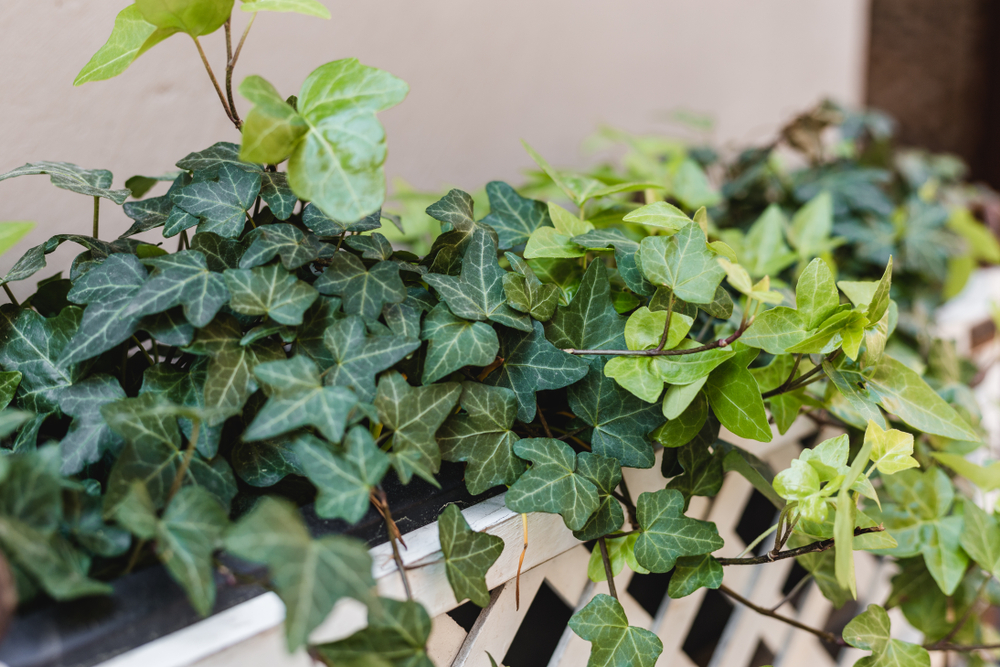
English Ivy climbs walls, trees, and fences, often causing damage as it spreads. It smothers nearby plants and prevents sunlight from reaching the soil. In some areas, it becomes invasive and hard to control. The vines hold moisture and can rot surfaces over time.
Instead of English Ivy, try planting Creeping Jenny or native groundcovers. These give similar coverage without causing long-term harm. Ivy might seem like a fast-growing fix, but it often brings more trouble than expected. It is better to keep it out of your landscape plan.
Russian Olive

Russian Olive was once used for windbreaks and erosion control, but it quickly spread into wild areas. It grows dense and blocks sunlight from reaching native plants. Birds eat the fruit and spread the seeds over long distances. Once established, it forms thickets that are hard to remove.
Try planting Serviceberry or Redbud for a better alternative that supports wildlife. Russian Olive changes the soil and reduces local plant variety. It may grow fast, but it takes years to clean up. It is best to avoid planting it near open land or gardens.
Chinese Privet

Chinese Privet spreads through both seeds and root sprouts, quickly forming dense hedges. It often escapes yards and invades nearby forests or natural areas. These shrubs grow fast and block sunlight, hurting the plants around them. Many people find them difficult to keep under control.
Consider using inkberry holly or spicebush as a safer choice. These plants are more manageable and work well in hedges. Chinese Privet may seem like a good privacy plant, but it brings too many problems. Once it spreads, it takes serious effort to remove.
Burning Bush (Euonymus alatus)
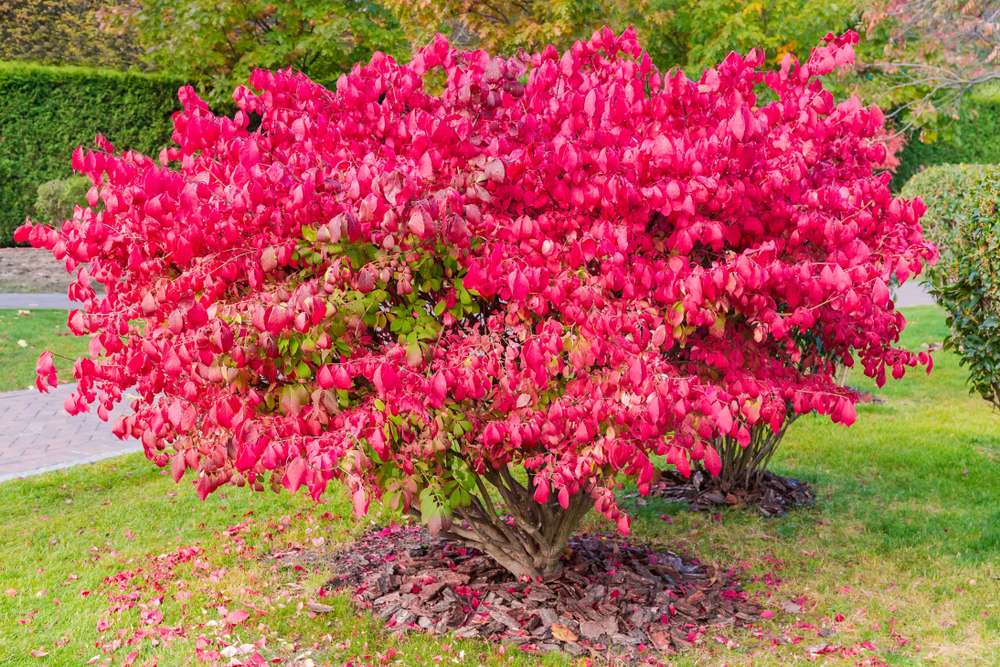
Burning Bush is popular for its bright red leaves in fall, but it spreads aggressively through seeds. Birds eat the berries and drop them across woodlands and fields. It takes over quickly and limits the growth of native plants. In some areas, it is considered an invasive species.
Switching to native shrubs like Virginia Sweetspire or chokeberry can give you fall color without the problems. Burning Bush might seem like a harmless garden plant, but it grows out of control in many regions. Its long-term effects are not worth the short-term beauty. Choose something that works better with your local environment.
Barberry
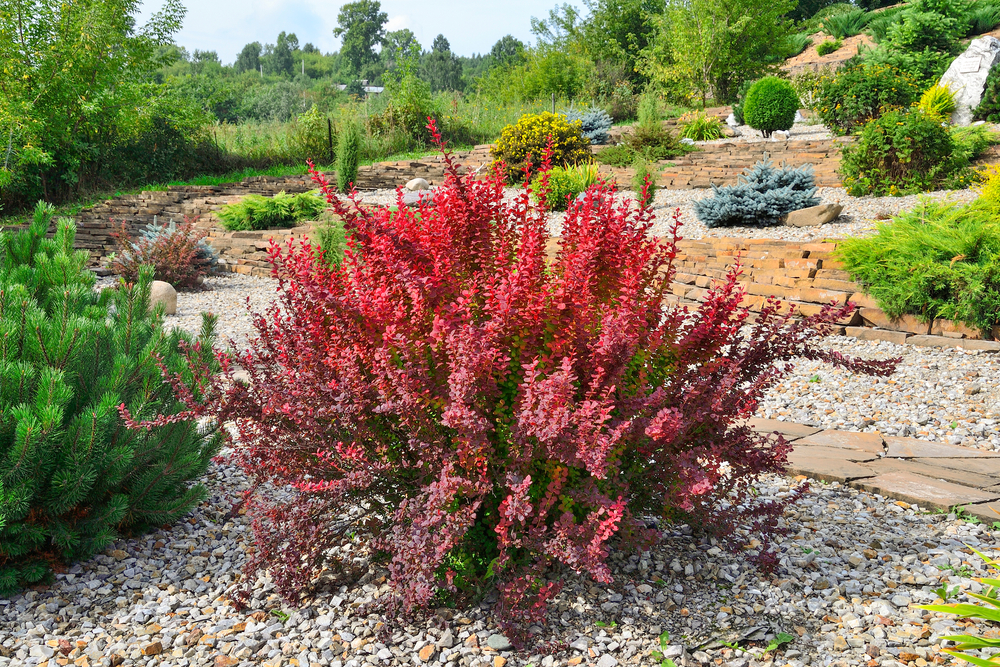
Barberry grows thick and thorny, forming a barrier that keeps out both people and wildlife. It spreads easily by seed and is hard to remove once mature. The plant creates dense patches that outcompete native plants. In some regions, it is linked to higher tick populations due to its dense cover.
Try Ninebark or winterberry as better alternatives for color and texture. Barberry’s thorns make it difficult to prune and control. Its appeal as a low-maintenance shrub fades once it takes over. Gardeners are better off with something less aggressive and more wildlife-friendly.
Trumpet Vine

Trumpet Vine produces beautiful flowers, but it spreads fast through underground roots and seeds. It can grow into siding, fences, and trees, often causing damage. Once it starts, it is very hard to remove completely. Cutting it back may only encourage more growth.
For a better option, consider planting honeysuckle or clematis instead. These vines are easier to manage and still attract hummingbirds. Trumpet Vine might look like a tropical treat, but it quickly turns into a hassle. Keep it away from your home and delicate plants.
Autumn Olive
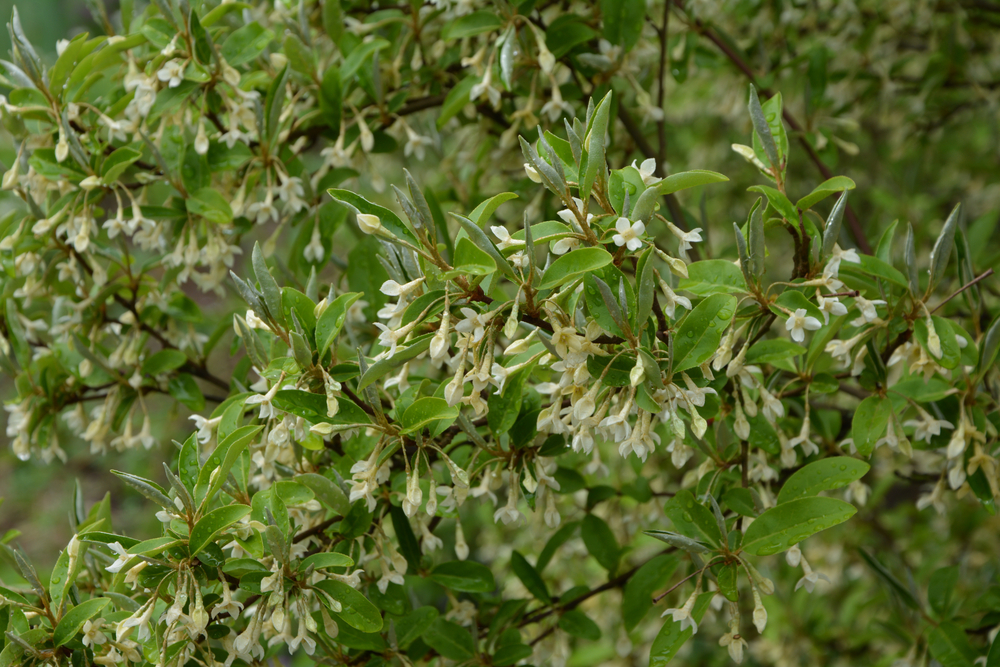
Autumn Olive was introduced to control erosion, but it spread far beyond intended areas. It grows fast, produces lots of fruit, and takes over fields and roadsides. Birds spread its seeds widely, leading to thick clusters that shade out other plants. It changes the soil and harms native ecosystems.
Instead, plant elderberry or arrowwood viburnum, which support wildlife without taking over. Autumn Olive often seems helpful at first, but it brings long-term issues. Its fast growth becomes a major problem in many places. Avoid planting it in your garden or near open areas.
Wisteria (Chinese and Japanese varieties)
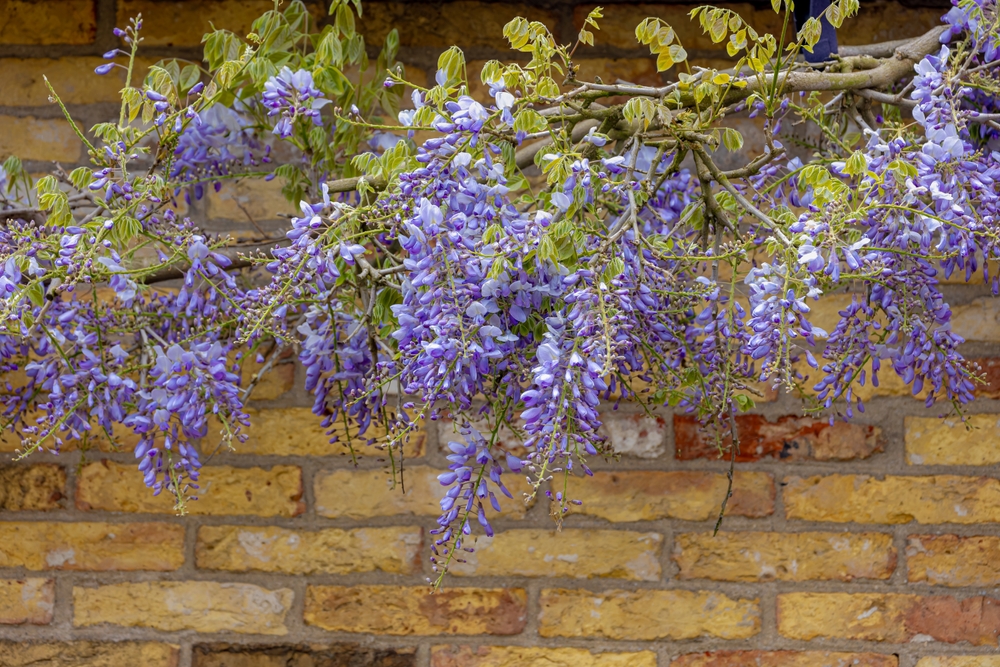
These types of Wisteria are known for their beautiful flowers, but they grow fast and heavy. They can damage buildings, fences, and trees as they climb and spread. The vines twist around anything in their path and are hard to remove. Once rooted, they are tough to control.
Try American Wisteria for a safer and better-behaved alternative. It offers similar blooms with less aggressive growth. The Chinese and Japanese types can take over quickly if left unchecked. It is better to pick a plant that fits better in garden settings.
Tatarian Honeysuckle
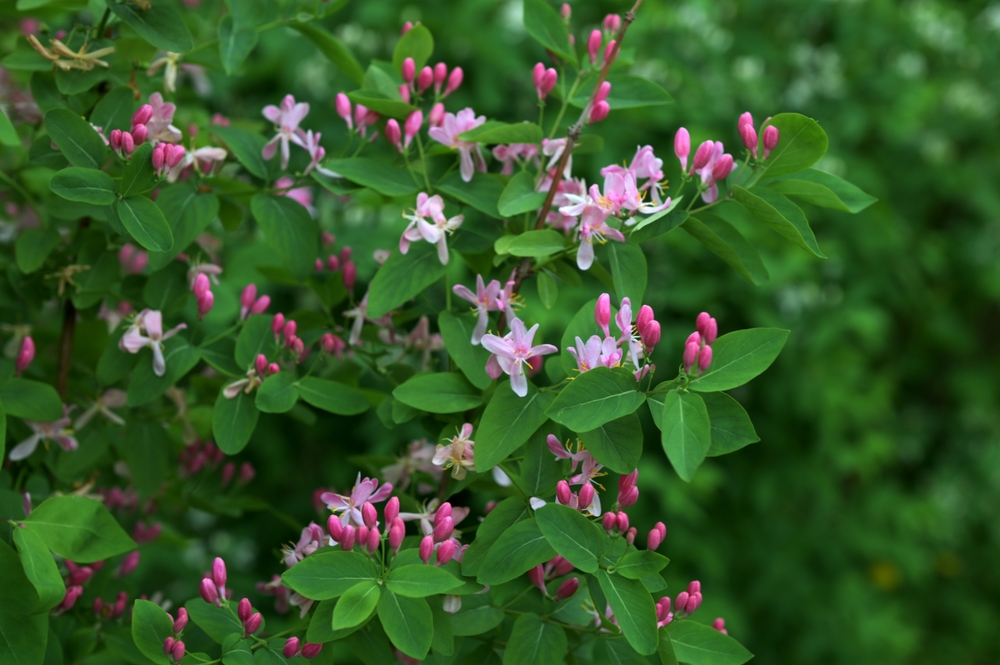
Tatarian Honeysuckle spreads through seeds and grows into dense shrubs that block out light. Birds love the berries and help spread them to wild areas. The plant often escapes gardens and takes over fields and forests. Its growth harms nearby plants and reduces local variety.
Consider planting native honeysuckle varieties or elderberry instead. These still attract birds without the aggressive spread. Tatarian Honeysuckle may seem like a quick way to fill space, but it brings too many problems. A better choice can save you effort and support your local environment.
A little research can help you avoid common mistakes in the garden. Many spreading shrubs cause problems that are hard to fix later. Sticking with safer plants can lead to a more balanced and peaceful space outdoors.
This article originally appeared on Avocadu.
